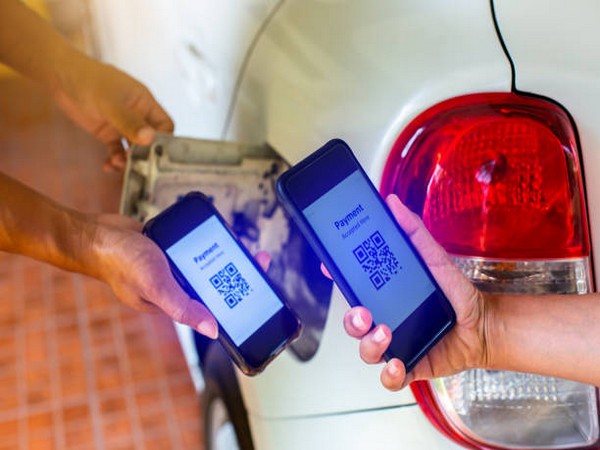The digital payments industry in India is experiencing a significant surge, with transaction volumes growing by 42 per cent year-on-year in FY 2023-24, according to a report by PwC. The report predicts that the industry will witness threefold growth, with transaction volumes expected to increase from 159 billion in FY 2023-24 to 481 billion by FY 2028-29. In terms of transaction value, the market is projected to nearly double during this period, expanding from INR 265 trillion to Rs 593 trillion by FY 2028-29.
Unified Payments Interface (UPI) continues to lead India’s digital payments revolution, with an impressive 57 per cent year-on-year growth in transaction volume in FY 2023-24. The report estimates that by FY 2028-29, UPI transactions could reach 439 billion, making up a remarkable 91 per cent of India’s retail digital payment transactions. In FY23 alone, UPI accounted for over 75 per cent of the total transaction volume, emphasizing its crucial role in the digital payments landscape.
As UPI’s growth accelerates, the use of debit cards has seen a decline in both transaction volume and value, as consumers increasingly prefer UPI for its convenience and ease of use. Digital payment infrastructure is rapidly expanding across India, including in Tier 2, 3, and 4 cities. The growth in QR code usage has been significant, with a year-on-year increase of over 30 per cent in FY 2023-24. Additionally, the adoption of innovations like soundboxes, merchant cross-selling, and new activation strategies have further fueled the use of digital payments by merchants, especially in smaller cities.
The PwC report also predicts that daily UPI transactions may reach 1 billion during FY 2027-28 and could soar to 1.4 billion by the end of FY 2028-29. With UPI’s market penetration, technological advancements, and increasing consumer preference, the future of digital payments in India looks bright. The report highlights the evolving payment landscape in the country, with digital payments becoming increasingly integrated into everyday transactions, both online and offline.
Overall, the digital payments industry in India is on a significant growth trajectory, driven by factors such as UPI’s dominance, consumer preferences for convenience, and the expansion of digital payment infrastructure. As the industry continues to evolve, stakeholders can expect to see innovative solutions, enhanced user experiences, and further integration of digital payments into various sectors of the economy. With the projected growth and increasing adoption of digital payments, India is poised to become a global leader in the digital payments space in the coming years.











